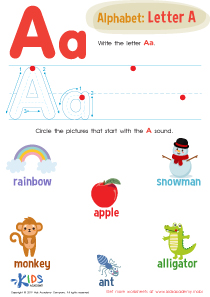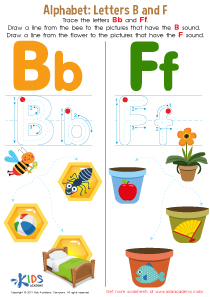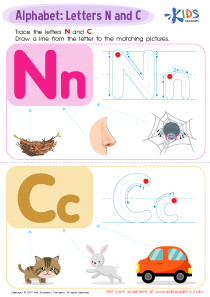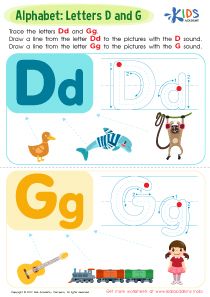Letter I Worksheets for Ages 3-8
5 filtered results
-
From - To
Explore our engaging and educational Letter I Worksheets designed for 3- to 8-year-olds! These worksheets offer fun activities that help young learners recognize, write, and pronounce the letter I. With colorful illustrations, tracing exercises, and interactive games, your child will develop essential reading and writing skills. Our expertly crafted resources ensure kids stay entertained while mastering the alphabet. Perfect for home or classroom use, these worksheets provide a solid foundation for early literacy. Download now and watch your child's confidence soar as they embark on their educational journey with the letter I!
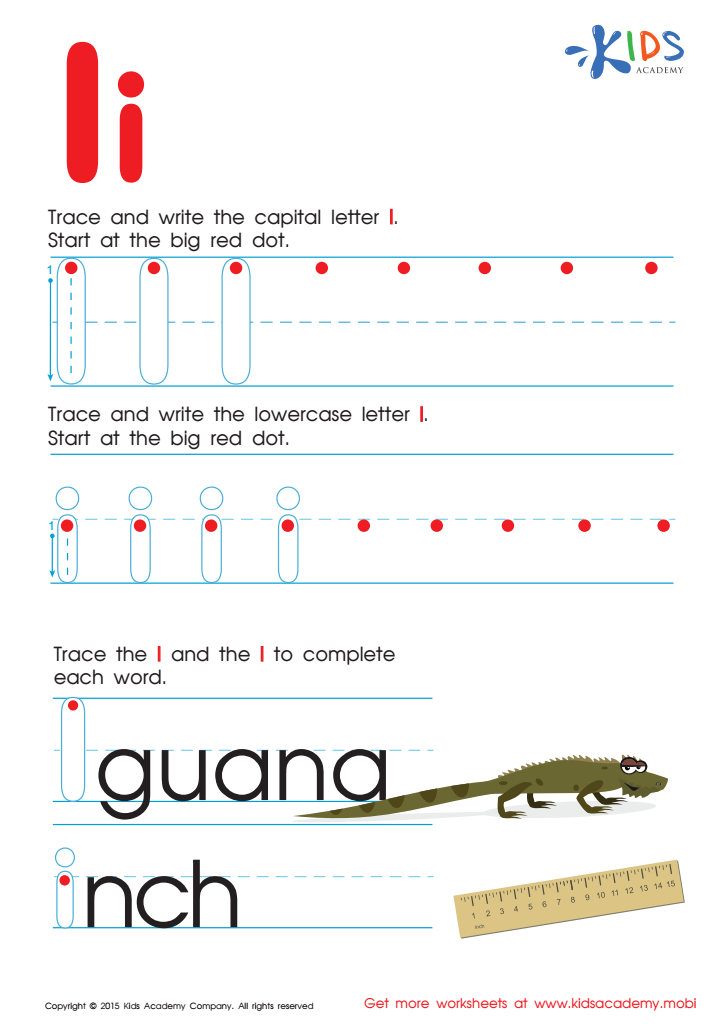

Letter I Tracing Page


Letter I Tracing Worksheet
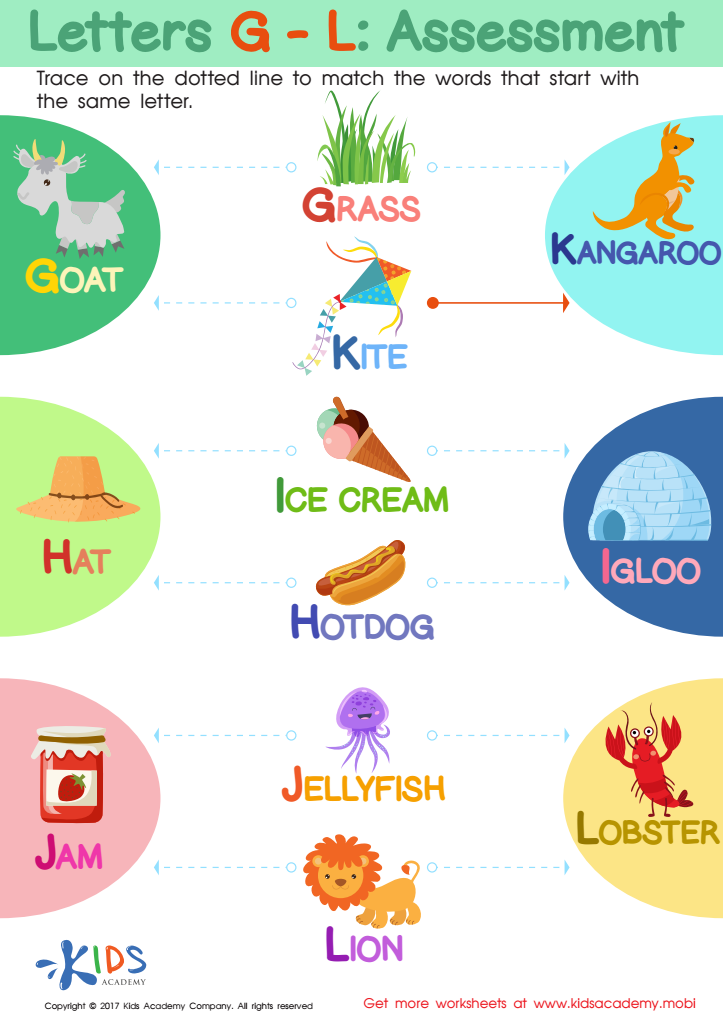

Letters G-L Worksheet
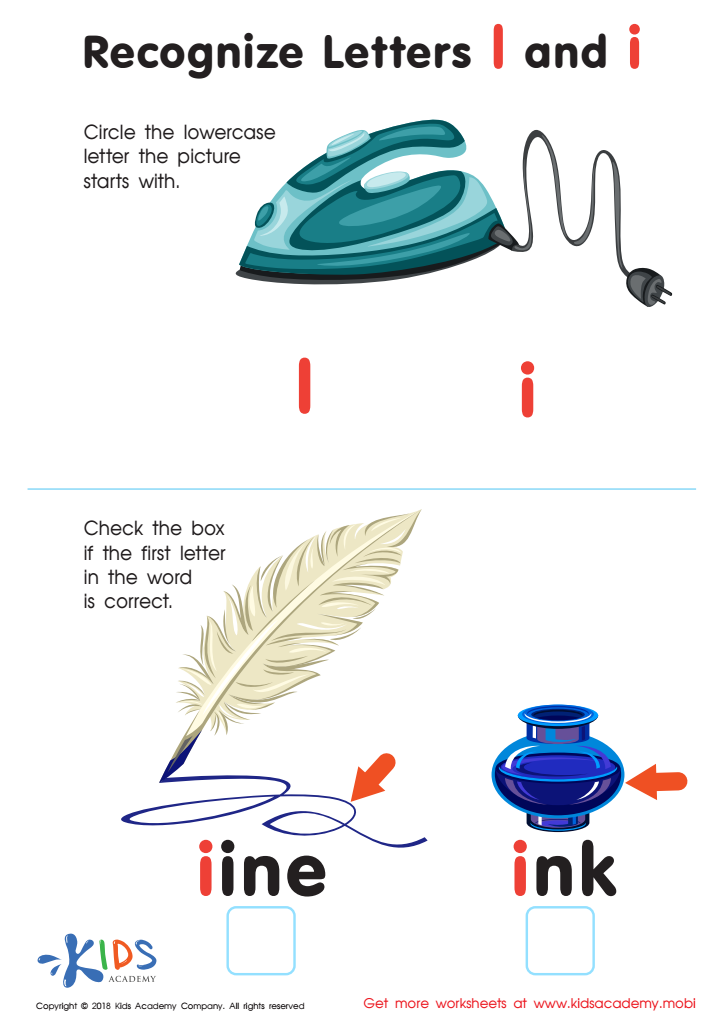

Recognize Letters l and i Worksheet
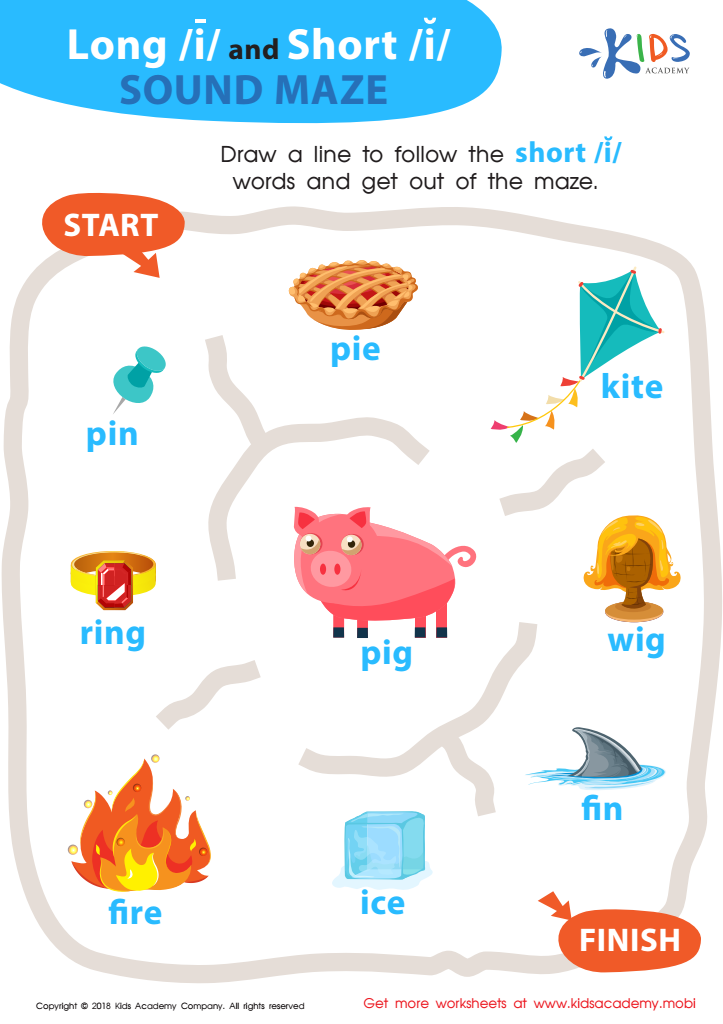

Reading: Long I and Short I Sound Maze Worksheet
Understanding and consistently teaching the letter "I" to children in the 3-8 age range is crucial for both parents and teachers. The letter "I" is foundational in the English language and pivotal for developing early reading and writing skills. At this age, children's cognitive and linguistic abilities expand rapidly, and mastery of each letter aids in building their overall literacy.
Firstly, "I" is a vowel, and vowels are essential for constructing words. Words like "igloo," "insect," and "ice" become representational touchstones that children frequently encounter. Knowing these words boosts their vocabulary and comprehends that letters form sounds, combining to create words with meaning.
Secondly, proficiency with the letter "I" fortifies reading fluency and phonetic awareness. When children can recognize, pronounce, and write "I" effortlessly, their confidence blossoms. This self-assurance propels them to tackle more complex literacy tasks enthusiastically.
Finally, the letter "I" can empower children in forming personal connections when they spell and understand simple words such as "I" and "it." This understanding is especially significant for young learners as they navigate the basics of language and begin to construct sentences.
In conclusion, focused attention to the letter "I" serves as a cornerstone in a child's journey to becoming a proficient reader and writer, fostering a love for learning and effective communication skills.
 Assign to My Students
Assign to My Students







